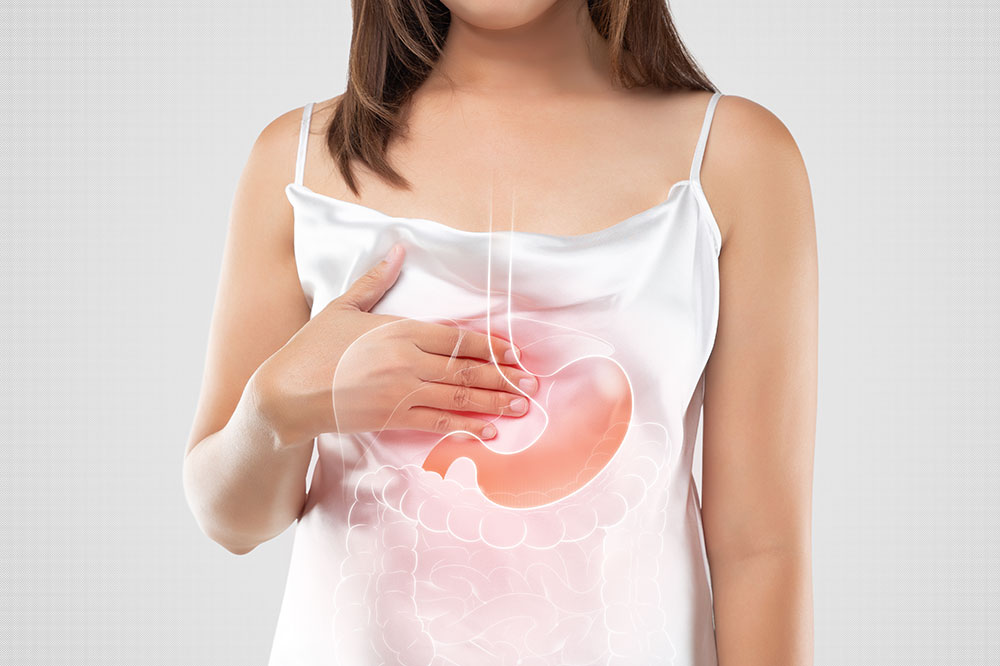
Primary Differences between GER and GERD
No one likes feeling physically uncomfortable. When it comes to digestive issues, after diarrhea, acid reflux is of the worst conditions. GER and GERD are two words you might hear in the context of acid reflux. While they seem a single letter apart, they are different, and have distinct risk factors and treatments. In case you have used the terms interchangeably all along, here is an article explaining the ways in which GER and GERD are dissimilar.
Normal conditions
Normally, the esophagus contracts and pushes the food down and into the stomach, and the Lower Esophageal Sphincter or LES closes to keep digestive acids and food in the stomach. It prevents stomach contents from rising upwards in the esophagus again.
1. Gastro-esophageal reflux
GER or gastro-esophageal reflux or simply acid reflux is a condition when the stomach’s contents rise into the esophagus. It is a minor condition and occurs once in a while. It causes a burning sensation and tightening in the chest and upper abdomen.
However, during GER, the LES does not remain closed, and thus the stomach acid creeps up the food pipe. It causes irritation and burning in the lining of the esophagus. GER is common in premature babies as well as adults. It is most common after large meals, fatty, spicy, or hard-to-digest foods that increase stomach acids, like acidic fruits and juices.
2. Gastro-esophageal reflux disease
GERD or Gastro-esophageal reflux disease is a persistent form of GER when acid reflux recurs often. Doctors diagnose the condition when you experience symptoms more than twice a week. It is more severe and, if left untreated, can result in serious complications. GERD can lead to peptic ulcers, Barrett’s esophagus, esophageal cancer, heart disease, and asthma. The main symptoms of heartburn and acid reflux are similar, but GERD is more intense.
GERD symptoms include frequent heartburn, chest pain, regurgitation of partially digested food, breathing difficulties, coughing, sore throat, hoarseness, and sour taste. A weak or compromised LES is the predominant cause. Acidic beverages, large meals, spicy food can trigger the sensitive LES and prompt the acids to flow back into the food pipe.
Differences in Treatment
Gastro-esophageal reflux can turn into gastro-esophageal reflux disease if left untreated. GER can weaken the LES over time. You can treat acid reflux with antacids, foaming agents, proton pump inhibitors, and pro-kinetics. But if you ignore it, it can turn into GERD. Over-the-counter antacids provide immediate relief and calcium channel blockers, but GERD requires lifestyle changes to reduce acid production and heal the esophagus.
Differences in Risk Factors
GER can happen to anyone. Perhaps you had a big meal or lay down too soon after eating. Or your LES was irritated by something you ate. GERD risk factors are more specific. Genetics can make your LES weaker, or it could be an injury or trauma to the food pipe. Pregnancy, diabetes, and hiatal hernia are all things that increase the risk of GERD. Additionally, alcohol, smoking, and excessive use of NSAIDs are all lifestyle risk factors that lead to a higher prevalence of GERD.



